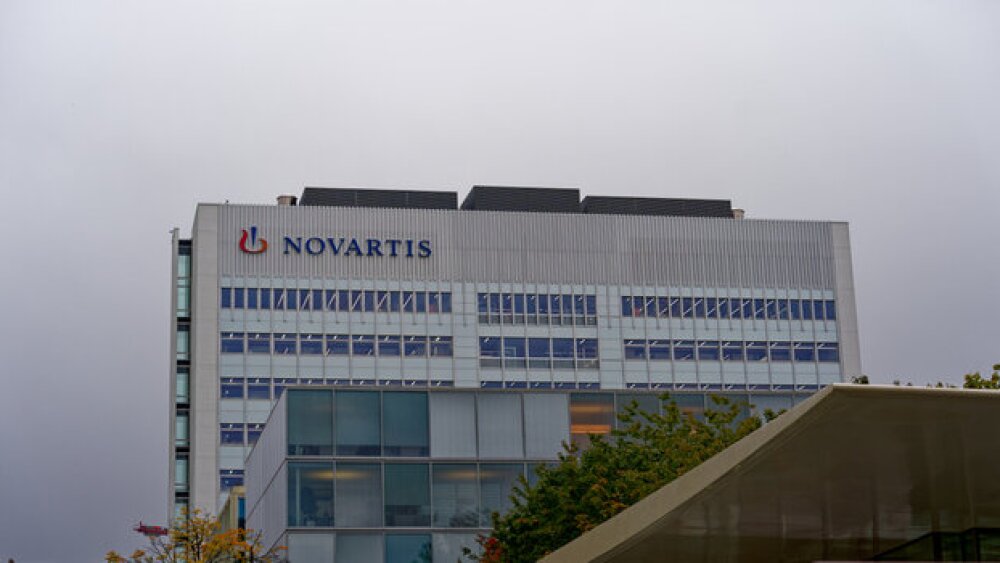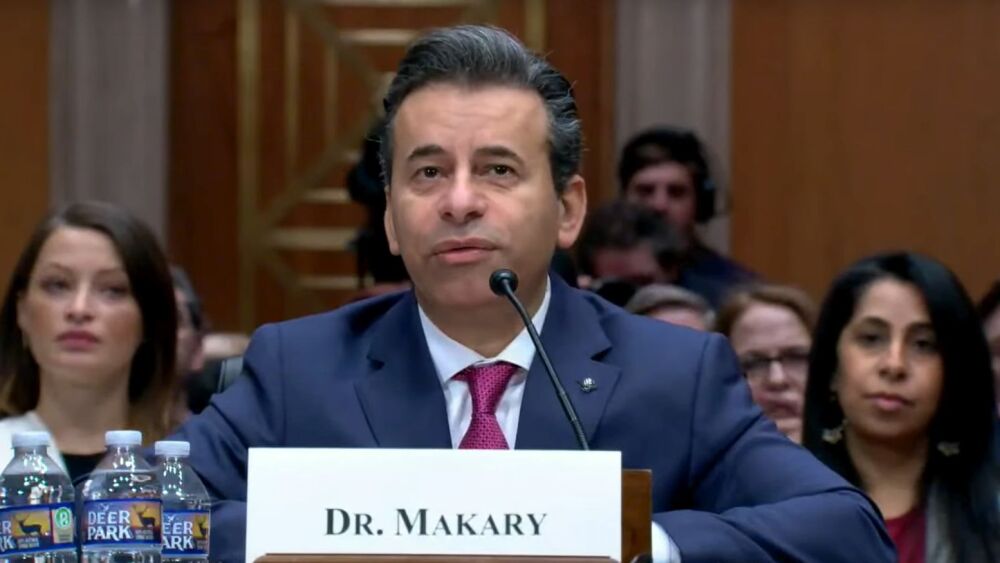The Swiss pharma is looking to leverage Voyager Therapeutics’ capsid technology for gene therapies aimed at treating Huntington’s disease and spinal muscular atrophy.
Pictured: Novartis’ building in Basel, Switzerland/iStock, Michael Derrer Fuchs
Voyager Therapeutics on Tuesday announced it has entered into a strategic collaboration and licensing deal with Novartis to develop gene therapies for Huntington’s disease and spinal muscular atrophy.
Under the agreement, Novartis will make an upfront payment of $100 million including a $20 million equity purchase in Voyager. The Swiss drugmaker has also pledged up to $1.2 billion in preclinical, development, regulatory and sales milestones, plus tiered royalties on net global sales of any product that comes out of the partnership.
Novartis will gain target-exclusive access to Voyager’s investigational therapies for spinal muscular atrophy (SMA) and will be chiefly responsible for their development and commercialization.
In Huntington’s disease, Novartis will also get worldwide rights to Voyager’s AAV-based gene therapy candidate and will take charge of its clinical development and commercialization. Voyager will remain responsible for the pre-clinical advancement of its Huntington’s asset.
Voyager said the deal will strengthen its balance sheet and extend the company’s runway into mid-2026. Voyager’s shares surged more than 30% in premarket trading Tuesday in response to the news, according to Seeking Alpha.
At the core of the SMA and Huntington programs is Voyager’s proprietary TRACER Capsid Discovery Platform, which uses an RNA-based screening approach to discover adeno-associated virus capsids with strong central nervous system tropism and that can penetrate the blood-brain barrier.
According to the biotech’s website, TRACER is “broadly applicable” and yields capsids that can be tuned to target neurons or glial cells, can be delivered at relatively doses and can be administered intravenously.
“We believe Voyager’s TRACER capsids hold promise for enabling next-generation gene therapies for diseases of the central nervous system,” Fiona Marshall, president of biomedical research at Novartis, said in a statement, adding that Tuesday’s agreement synergizes well with the pharma’s expertise in neuroscience and gene therapies.
Novartis was previously attracted by Voyager’s TRACER technology. In March 2022, the Swiss pharma entered into a license option agreement with Voyager for three capsids to be used in gene therapies for neurological diseases, with an option to add two other targets.
In March 2023, Novartis paid $25 million upfront—and put up to $600 million on the line—to exercise its option for two undisclosed neurologic targets.
Tuesday’s deal represents the opening salvo to what is potentially a dynamic year for dealmaking in biopharma. A December 2023 industry outlook report from professional services firm PwC anticipated that deals could return to pre-pandemic levels in 2024, particularly for precision medicine in the fields of oncology, immunology, cardiovascular diseases and weight loss.
Though the PwC report focused mainly on mergers, acquisitions and initial public offerings, the firm also pointed to collaborations, profit-sharing, asset swaps and other similar agreements as crucial funding structures to help biotechs weather persistent macro threats to the industry.
Tristan Manalac is an independent science writer based in Metro Manila, Philippines. He can be reached at tristan@tristanmanalac.com or tristan.manalac@biospace.com.






